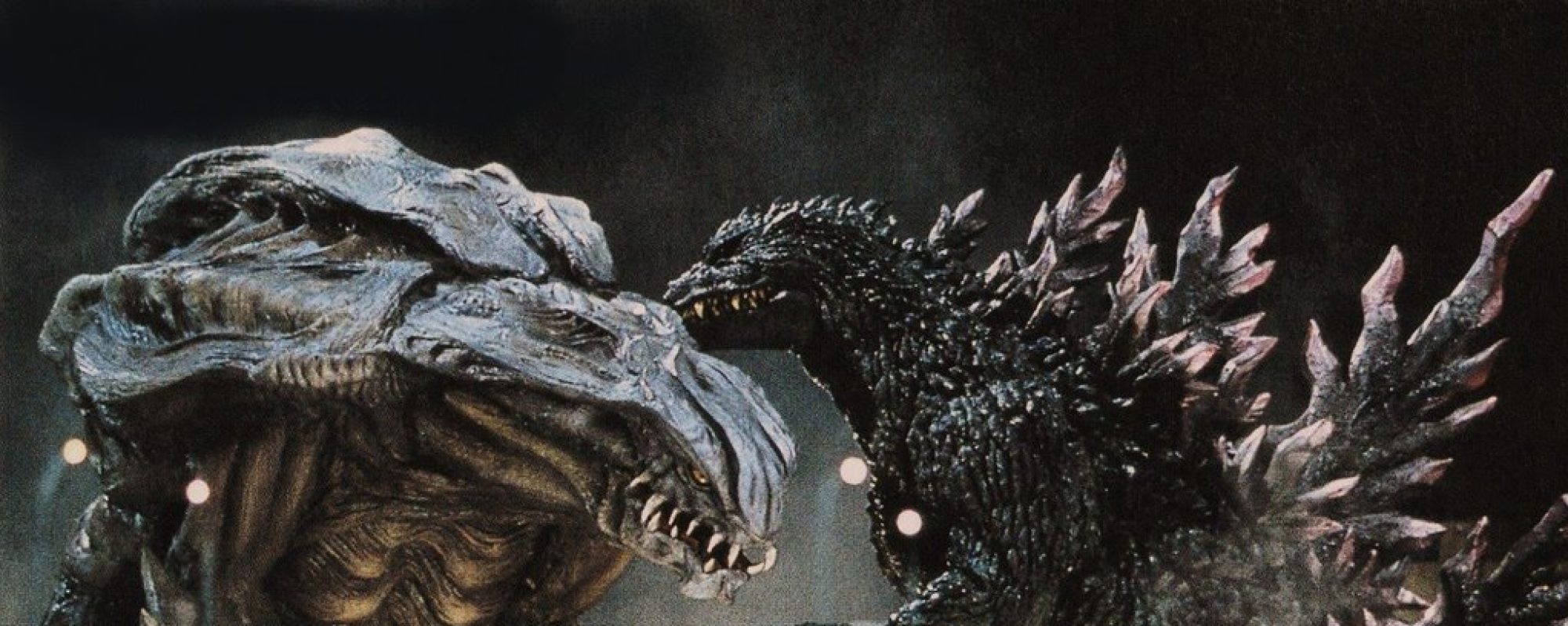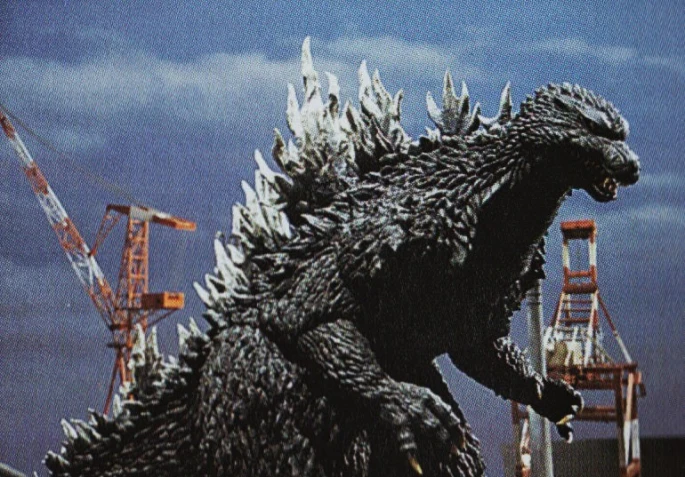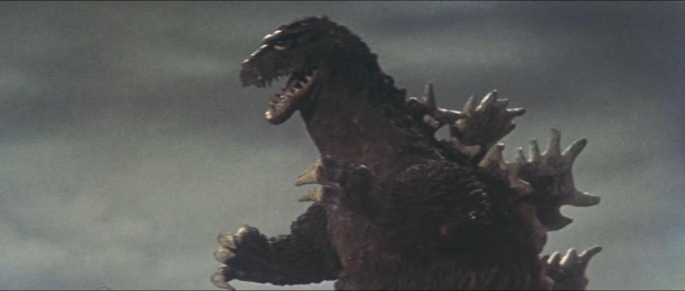I’m continuing on with examining the continuity of the Showa series. At the end of King Kong vs Godzilla we find Godzilla going back to the ocean, although we never do see him swim away, what we see at the end of the movie Kong and Godzilla fall into the sea as they’re fighting…and we see Kong swim away. In the Japanese version of the movie we do hear Godzilla roar.
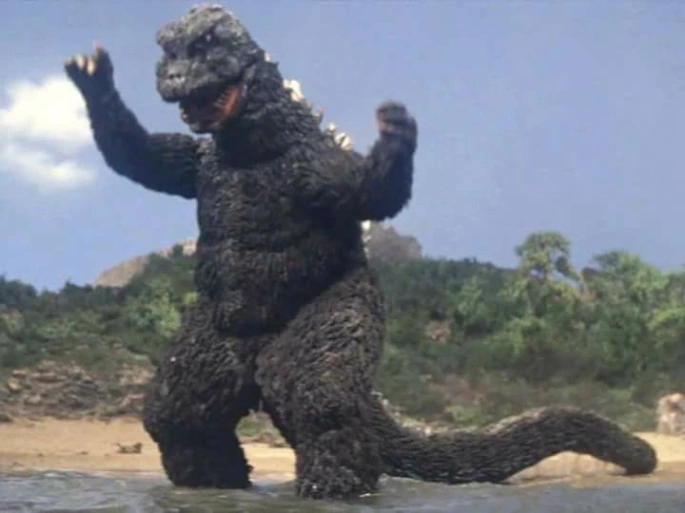
Mothra vs Godzilla (aka Godzilla vs the Thing), released in 1964, we see a typhoon that not only washes a giant Mothra egg onto the shore but Godzilla himself is washed ashore. Well, since the last we saw of Godzilla he was in the ocean after his fight with Kong, and if he is washed ashore in the next movie that means they are connected! Right? Sure, again that is plausible, however, for me the fact that this Godzilla is so very different looking than the Godzilla that appeared in King Kong vs Godzilla, it makes it very difficult for me to see them as a sequel to one another.
1964 was a banner year for Godzilla because we received two Godzilla movies! Late in 1964 we got Ghidrah the Three Headed Monster which introduces us to King Ghidorah , Godzilla’s ultimate enemy. Although Godzilla looks practically identical in this film, thanks to a repaired head that was damaged in the previous movie, the tone isn’t as serious and we see Godzilla’s continuing shift towards being the hero instead of the villain. For the first time Godzilla defends the earth against an alien threat.

In 1965 we see a new Godzilla suit and Godzilla fights Ghidorah once again in one of my favorite Showa era films, Invasion of the Astro-Monster (aka Godzilla vs Monster Zero). Now technically you can see this as a sequel to the previous two movies, Nick Adams an Akita Takarada’s characters do recognize Ghodirah, so he familiar, but with Godzilla, along with Rodan, now fighting other monsters and defending the earth Godzilla is very far removed from the serious and dark destroying monster he was in the 1954 Gojira. While this movie is a blast of fun Japanese Science-Fiction, it really works as a standalone movie.
From the 1965 film Invasion of the Astro-Monster to the 1975 film Terror of Mechagodzilla we see Godzilla turn into a superhero type character that defends the earth while each movies gets more child friendly. Although the last two movies, Godzilla vs Mechagodzilla, and the aforementioned Terror of Mechagodzilla, does pull back from the kiddy friendly type of Godzilla movie, they do not come near the seriousness of the original film.
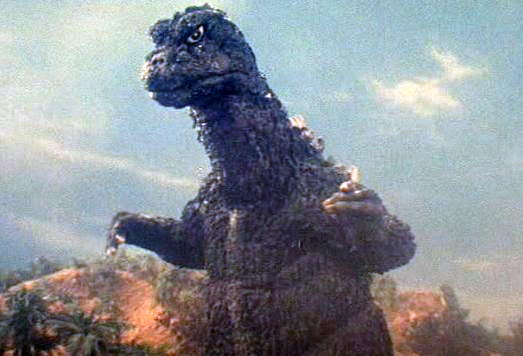
From 1965 through 1975 we do see movies that are one-off Godzilla films. For example, the 1967 film, Son of Godzilla, has Godzilla training his new born son how to fight off other monsters. Next in 1968, Godzilla would appear as part of an ensemble cast of Monsters in Destroy all Monsters where Godzilla is once again fighting off King Ghodirah and aliens. That movie is actually set in 1999 further messing up continuity. In Godzilla’s Revenge Godzilla doesn’t even exist in their world, he is simply part of the imagination of a little boys mind (although there are arguments that Godzilla does exist in that world either as a real monster or as the fictional character in the movies we have been watching).
Although I have focused on the different looks of Godzilla, the conflicting events and shifting tones of the films, now I want to briefly mention that the actors in these films also make me see these films as standalone movies. Venerable actors such as, Hiroshi Koizumi, Akira Takarada, Kenji Sahara, Akira Kubo, Yoshifumi Tajima, and the vivacious Kumi Mizuno all played very different characters from movie to movie. To me, if Toho wanted to make all these movies one continuous series, they could have had these marvelous actors play the same characters.
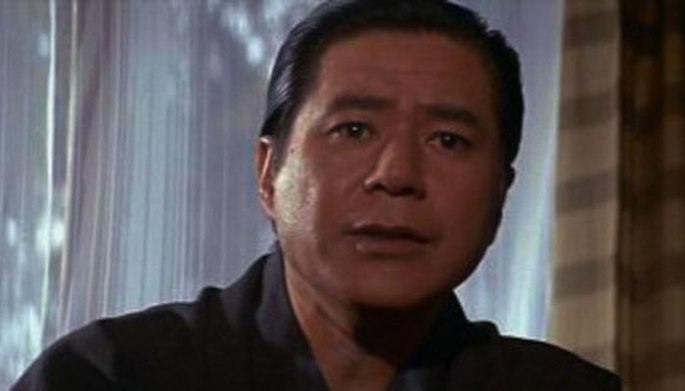
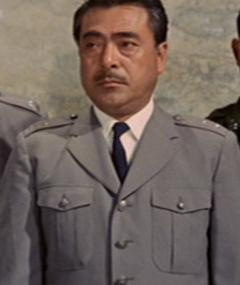
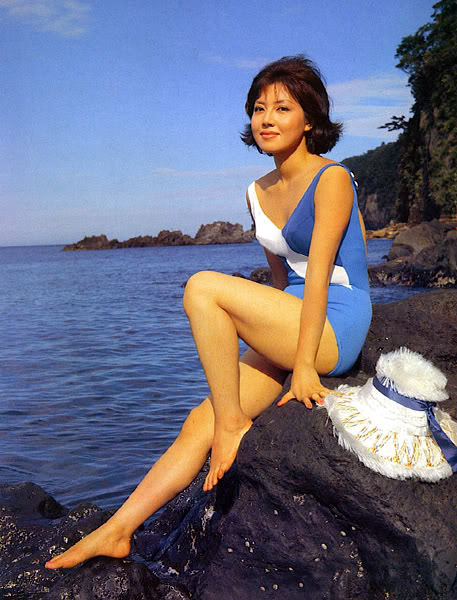
Well, I am not going to belabor this point. I think I have been pretty successful in stating my case to why I personally see Godzilla movies in the Showa Era as stand-alone films that are only losely connected to one another. Don’t get me wrong, I love each and every one of these movies, yes, even Godzilla’s Revenge, which is considered the worst Godzilla movie ever made.
